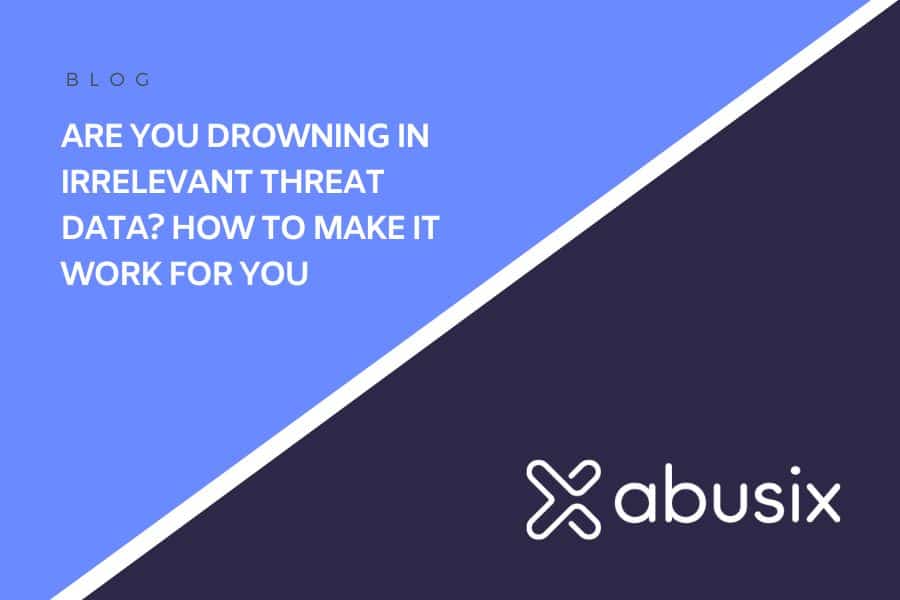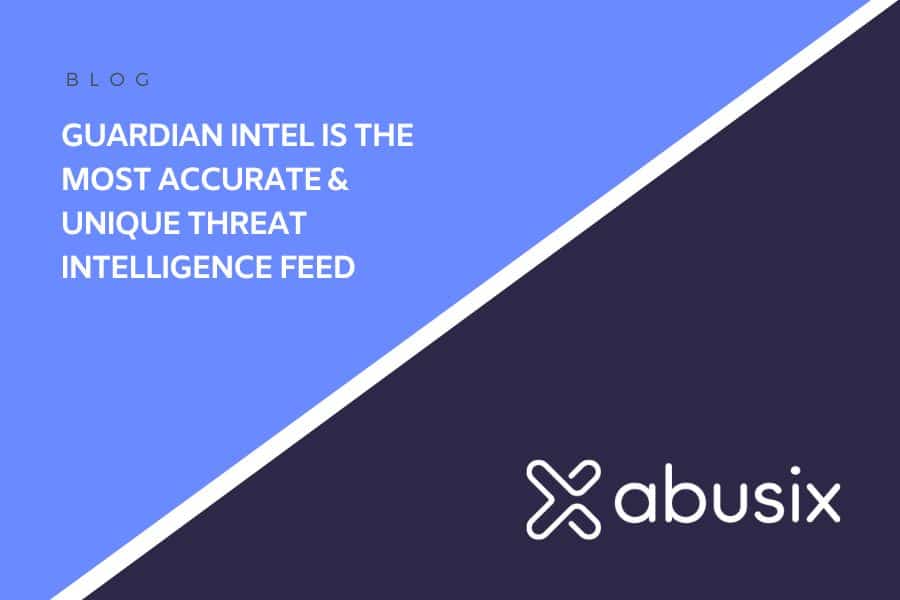Let’s be honest—more threat data doesn’t always mean better security. In fact, it’s often the opposite.
Security teams today are drowning in massive volumes of threat intelligence—feeds packed with vague IOCs (Indicators of Compromise), unverified alerts, and low-fidelity signals that lead to endless chasing of dead ends. The result? More noise, more wasted time, and more real threats slipping through the cracks.
So, how do you cut through the clutter and turn irrelevant threat data into actionable intelligence? Let’s break it down.
The Overload Problem: When More Data Hurts, Not Helps
1. Too Many Feeds, Too Little Context
Threat intelligence feeds promise visibility into emerging threats, but many provide little to no context. An IP flagged as “suspicious” might be a false positive, an outdated listing, or worse—a critical signal buried under thousands of useless ones.
Reality Check:
🔹 Security teams spend up to 40% of their time investigating irrelevant or outdated IOCs.
🔹 Many organizations subscribe to 10+ threat feeds, yet still struggle with false negatives and false positives.
👉 Read more from Gartner on threat intelligence effectiveness
2. Alert Fatigue: When Everything Is a Threat, Nothing Is
We’ve all seen it—hundreds (or thousands) of daily security alerts. Most aren’t urgent. Many aren’t even real threats. But how do you know which ones actually matter?
When overwhelmed, teams tend to ignore alerts or rely on automated dismissals—which is exactly what attackers want.
3. The “One-Size-Fits-All” Problem
Threat intelligence should be tailored to your organization’s environment, industry, and attack surface. Yet, many feeds treat every business the same, pushing generic, low-value threat data that isn’t relevant to your infrastructure.
Example:
🔹 If your business doesn’t operate in APAC, do you really need an alert about a DDoS campaign targeting Japanese financial institutions?

How to Make Threat Intelligence Work for You
1. Prioritize High-Fidelity Threat Intelligence
Instead of ingesting every single threat feed, focus on those that provide:
✅ Verified IOCs with low false-positive rates
✅ Timely updates—stale data is worse than no data
✅ Context-rich insights—who, what, where, when, and how a threat operates
👉 Check out Abusix’s verified threat intelligence solutions
2. Apply Contextual Filtering
Not all threats are equally relevant. Your security stack should filter intelligence based on:
- Industry-Specific Threats – Some attack types are more common in healthcare than in finance (and vice versa).
- Geo-Based Relevance – If you don’t operate in a region, why prioritize localized threats?
- Attack Surface-Specific Data – Prioritize intelligence that matches your infrastructure (cloud, on-prem, SaaS, etc.)
👉 MITRE ATT&CK framework helps map threats to your organization’s unique risks.
3. Enrich & Correlate Data for Better Decision-Making
Raw indicators (IP addresses, domains, file hashes) mean nothing without context. The best threat intelligence enriches raw data with:
- Historical behavior – Has this domain been used in attacks before?
- Threat actor attribution – Is this linked to an APT (Advanced Persistent Threat)?
- External validation – Are multiple sources confirming this threat?
4. Automate & Integrate Threat Intelligence into Your Security Stack
Your SIEM, SOAR, or XDR shouldn’t just ingest threat intelligence—it should act on it. Automate:
✅ Blocking malicious IPs/Domains in firewalls
✅ Correlating alerts across multiple sources to reduce false positives
✅ Adaptive response rules—if an IOC is frequently misclassified, adjust accordingly
👉 CISA’s Automated Indicator Sharing (AIS) initiative helps security teams share validated threats.
5. Implement a Feedback Loop to Improve Intelligence Over Time
Threat intelligence isn’t static—it evolves. The best programs:
✅ Continuously refine detection rules based on past alerts
✅ Leverage human analysis to validate and improve AI-driven decisions
✅ Share intelligence with trusted partners and industry groups
Final Thoughts: Smarter Threat Intelligence, Not More
The future of threat intelligence isn’t about more feeds, more alerts, or more noise—it’s about precision.
By prioritizing high-fidelity intelligence, filtering out irrelevant data, and leveraging automation, security teams can stay ahead of real threats instead of drowning in the irrelevant ones.
🚀 Looking for smarter, more actionable threat intelligence? See how Abusix can help.




